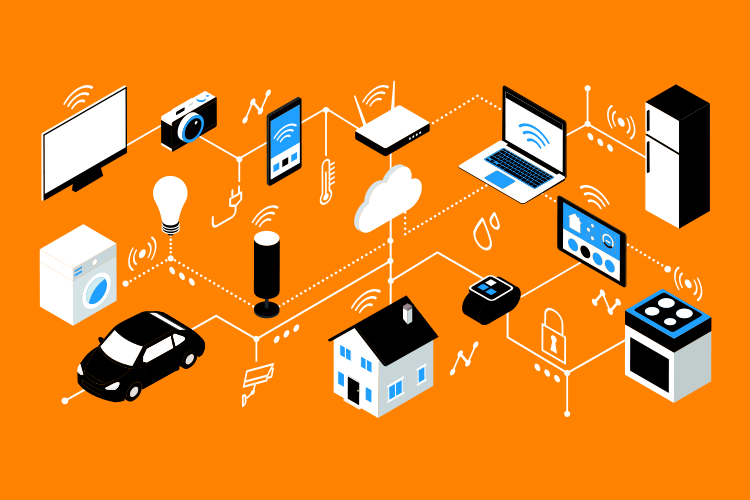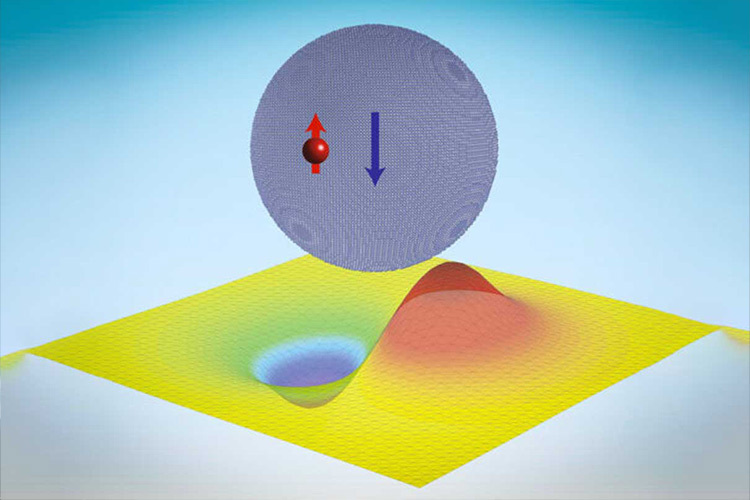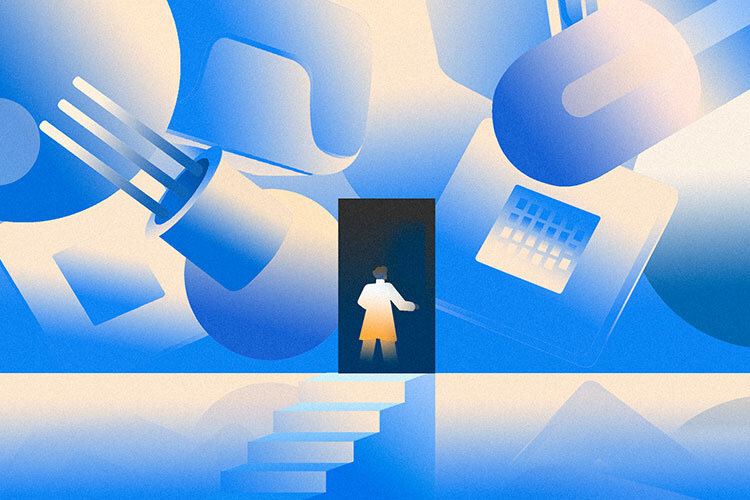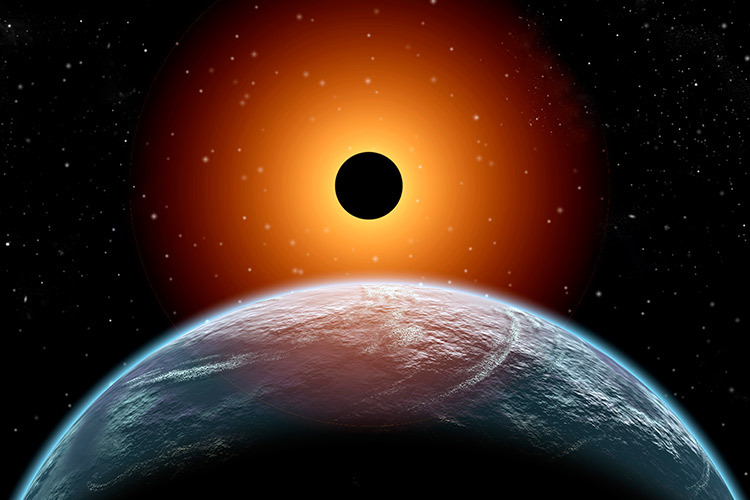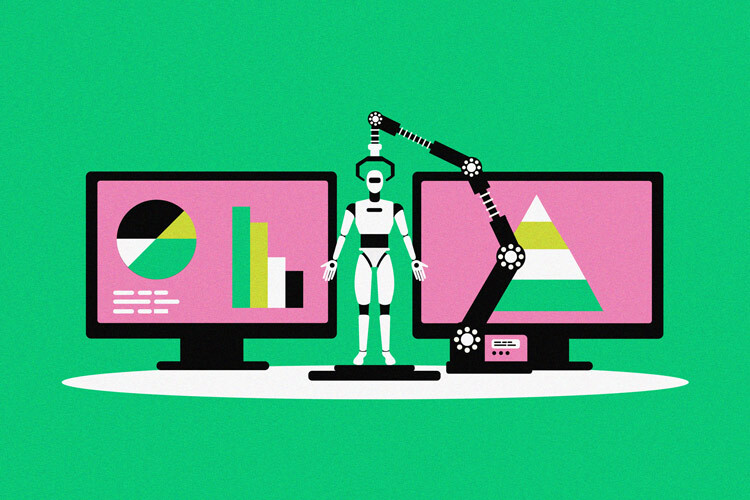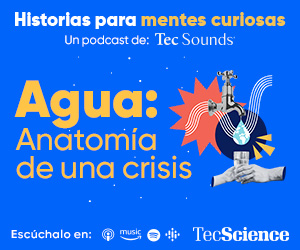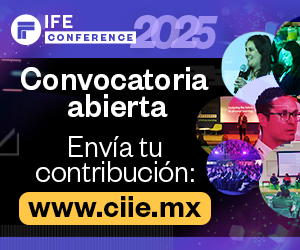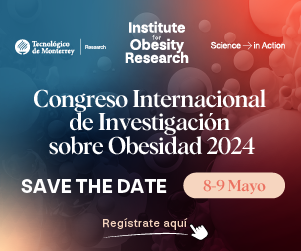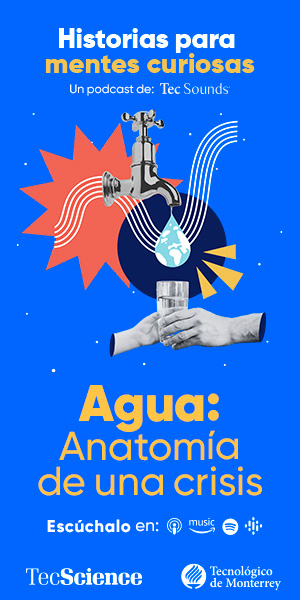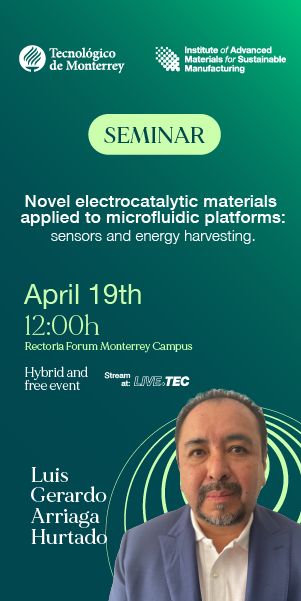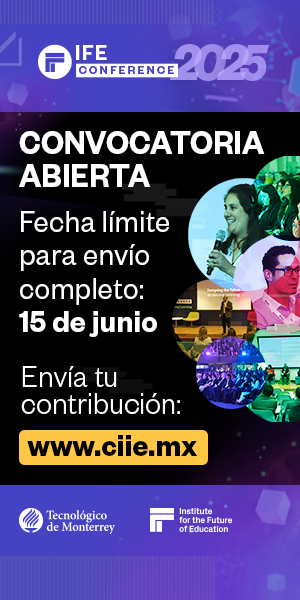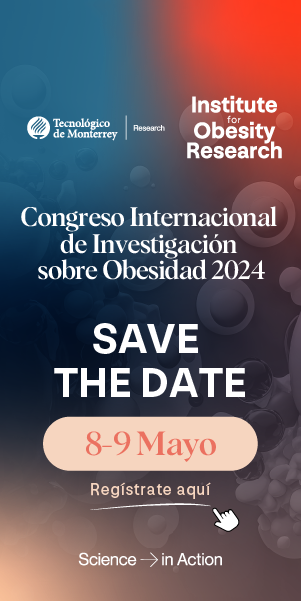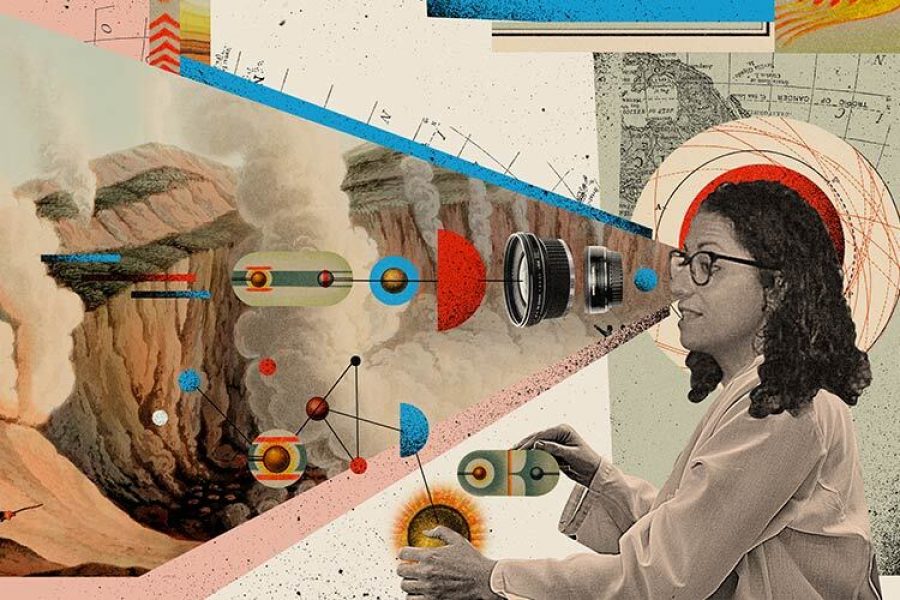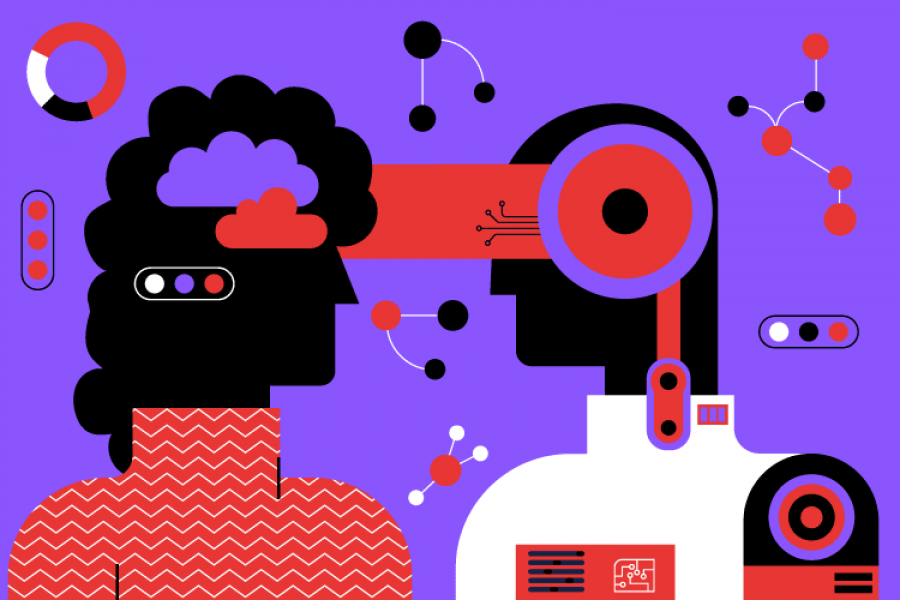Humanity is heading towards a world connected 24 hours a day, 365 days a year, without interruption. The ability to generate, produce, collect, and concentrate information from multiple sources is known as IoT. We explain the advantages and disadvantages of the Internet of Things.
“We’re creating a huge global brain made up of humans, things, and nature: all of it interconnected,” explains Fabián Romo, director of Institutional Systems and Services for the General Directorate of Computing and Information and Computing Technologies at the National Autonomous University of Mexico (UNAM).
It all dates back to the 1960s, when Robert Taylor, Director of the Information Processing Techniques Office, came up the idea of a serial connection between the computers at the Stanford Research Institute; the University of California, Los Angeles; the University of California, Santa Barbara; and the University of Utah.
The project, called ARPANET, was the precursor of what we know as the Internet.
After communication between computers, there came communication between users and computers, followed by social networks, which led to communication between humans.
The next step is global communication between humans and devices of all kinds. Including smart watches, phones, sensors, cameras, thermometers, vehicles, trains, airplanes, and devices that use artificial intelligence to make autonomous decisions.
Internet of Things advantages
IoT promises a life of comfort, because it will be possible to pay for services, schedule the purchase of home-delivered food, schedule automatic watering of your garden, or set your heating to the right temperature when you get home, according to Rafaela Silva, Virtual Campus coordinator at the Lerma Campus of the Metropolitan Autonomous University (UAM).
CISCO Systems predicts that the Internet of Things will generate profits of up to 1.6 billion dollars by 2025 in Mexico, and that there will be 184.4 million connected devices by 2023.
IDC Mexico estimates that the market will grow by 25% this year.
The market potential is enormous. However, we must also seek to bridge gaps in access to information and communication technologies.
The last population census carried out by the National Institute of Statistics and Geography in 2020 shows that between 2010 and 2020, the number of cellphones in homes grew from 65.1 to 87.5%. The internet increased from 21.3 to 52.1%.
Computers or laptops also grew from 29.4 to 37.6%. Furthermore it is reported that 91.1% of private homes had televisions yet land lines had decreased from 43.2 to 37.5%.
The fact that a smartphone can count the steps a person takes each day, download applications to remotely monitor security cameras installed at home, and command virtual assistants –such as Alexa– means we are already part of the Internet of Things, although the technology and connections will become more sophisticated.
Although this is already a reality in cities, the challenge lies in connecting the countryside and rural areas.
IoT: the promise of a better world
Fabián Romo explains that IoT offers advantages for controlling climate change, better crops, and sustainable development.
However, if used negatively, it will accelerate issues such as increasing carbon footprints, the greenhouse effect, and the excessive use of nonrenewable energy resources. In agriculture, the Internet of Things will allow us to ration the use of water, fertilizers, and pesticides, meaning that greenhouse gas emissions and water waste will be reduced.
“Through humidity sensors in the soil, acidity sensors, or certain buried chemical compounds, it will be possible to know with precision the amount of water, the chemical composition of the soil, and the optimal time to sow seeds, as plant growth can be analyzed using biometric sensors and cameras,” says Romo.
There are potential benefits for health care, as doctors will be able to remotely monitor patients’ treatment.
By using daily measurements of heart rate, glucose, hours of sleep, diet, exercise, and blood oxygen levels, information will be stored in the cloud, can be analyzed for periods of time, and will allow more accurate diagnoses to be made.
Similarly, pharmaceutical companies will be able to deliver customized packets of the drugs patients must consume per day, based on measurements taken by their biometric devices.
If you also have assistants like Alexa, they will remind you when to take the medicine.
Challenges of the Internet of Things
Ensuring user security is a priority. Rafaela Silva, an academic from the UAM’s Lerma Campus, explains that they have set up a research area looking at forensic computing, in which equipment is analyzed to detect when someone has logged in remotely and hacked it. Just like on CSI, they find out what was done and how it took place.
“We’re setting up the laboratory to analyze cyber-crimes. We know that it’s important to define new crimes and make a contribution to the laws that govern Big Data. All the companies that are collecting our information must commit to taking care of it by law. The government needs to promote this digital transformation and provide adequate regulation,” says Silva.
The first challenge is to have massive storage systems where information can be saved. The second is to ensure the privacy of the information that is stored there. And the third is to make use of that information.
